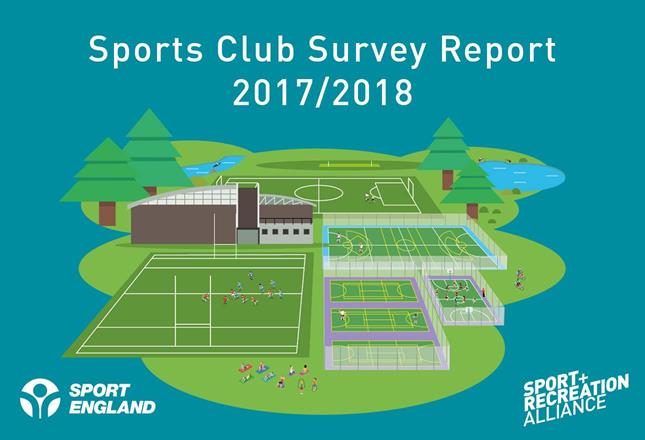
This growth has continued despite a challenging environment of increased costs and decreased income as outlined by over 1,600 clubs who responded on behalf of 350,000 members.
It reflects the nation’s love affair with sport and the long-standing nature of our clubs with over three quarters of those surveyed having now run for at least 10 years.
Becoming a member of a sports club still represents excellent value for money with average fees of £108 per year compared to an average of £579.60 to attend one of the five major gym chains in the country.
James Allen, Director of Policy, Governance and External Affairs at the Sport and Recreation Alliance is pleased with the progress but warns that changes must be made to protect the future of our clubs.
He said: “It is obvious that sports clubs remain a pivotal player in encouraging physical activity as they create a strong community focused way to get into sport and recreation.
“We should celebrate and endorse the growth of these clubs, but it is crucial that we safeguard against an uncertain financial climate to allow the sector to continue to prosper.”
There is reason to be cautiously optimistic following the results of this survey with rises across all member categories since 2013.
Over half (53%) of the clubs who responded expect their adult membership to continue increasing with two thirds (66%) expecting similar growth with their juniors.
The support network in our clubs is also on the rise with volunteers increasing by a third (33%). The main reasons for helping included a passion for the sport and to give something back to the community.
Although the number of people joining our clubs is growing, the average income has decreased to £35,648. The average expenditure has increased to £41,874 per year.
The financial concern is noted by clubs with 44% stating that increased costs will provide a challenge over the next two years.
Reflecting on the issue of costs, Allen added: “With continued austerity, the potential impact of Brexit and a growing dependence on local authorities for facility hire, our clubs must be prepared to be flexible in how they make themselves financially sustainable.”
Over half of clubs have suggested that they have undertaken no specific measures to reduce their running costs but 69% have invested in improving facilities.
When looking at the make-up of our clubs there is a worrying under representation of disabled participants in sport. Almost a third, (29%) of respondents admitted that they don’t yet have suitable equipment for disabled members at their club.
Nearly a quarter of clubs also suggest they would benefit from additional education in making their sport inclusive for disabled people. There is a clear desire to make improvements and create clubs which are more reflective of society.
You can read the full Sports Club Survey Report 2017/18 here.
This afternoon, the Chancellor delivered her Budget speech to Parliament, outlining decisions on tax and spending.
Read moreAhead of the Chancellor’s Budget statement on 26 November, we take a look a look at the key areas to be aware of and the work the Alliance has been doing lobbying on behalf of members.
Read moreGovernment has today formally launched a consultation on reforming the role of statutory consultees in the planning system. The consultation runs for eight weeks, closing on 13 January 2026.
Read moreJoining the Sport and Recreation Alliance is pretty simple, but worthwhile!
Register now